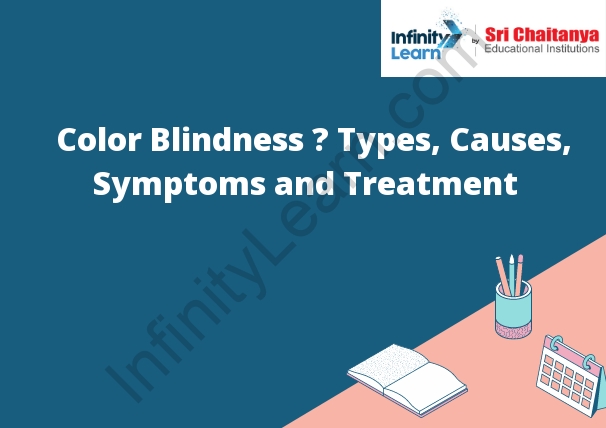Table of Contents
Introduction to What is Color Blindness
Color blindness is a condition in which a person cannot see color. This occurs when there is a problem with the way the person’s eyes process color information. Color blindness can affect a person’s ability to see colors in everyday objects, or it can make it difficult to tell the difference between different colors.
There are different types of color blindness. The most common type is red-green color blindness. In this type, the person cannot see red or green colors. Another type is blue-yellow color blindness. In this type, the person cannot see blue or yellow colors.
People with color blindness usually see the world in shades of gray. They may find it difficult or impossible to distinguish between different colors.

Types of Color Blindness
There are three main types of color blindness: red-green, blue-yellow, and complete color blindness.
- Red-green color blindness is the most common type and is caused by a problem with the cones that detect red and green light. This type of color blindness can usually be corrected with glasses or contact lenses.
- Blue-yellow color blindness is caused by a problem with the cones that detect blue and yellow light. This type of color blindness is usually not corrected with glasses or contact lenses.
- Complete color blindness is very rare and is caused by a problem with the cones that detect all colors of light. This type of color blindness cannot be corrected with glasses or contact lenses.
Monochromatism
A condition in which a person has a single color vision, usually green or blue. This occurs when the person has a defect in the cone cells in the retina that respond to a single color wavelength.
Dichromatism
Dichromatism is a type of chromatism that refers to the difference in color vision between individuals. Some people are able to see colors that others cannot and this is due to the fact that some people have two types of color receptors (cones) in their eyes while others have only one. Those with two types of receptors are able to see a wider range of colors while those with only one are limited to seeing only a few colors. This difference in color vision is what is referred to as dichromatism.
Deuteranopia (Green Colour Blindness )
Deuteranopia is a type of color blindness that affects the way a person sees color. People with deuteranopia have difficulty distinguishing green and red colors from each other. This type of color blindness is caused by a deficiency in the green cone cells in the retina.
Tritanopia (Blue Colour Blindness )
Tritanopia is a type of color blindness that affects the ability to see blue and yellow colors. This condition is caused by a problem with the way the brain processes color information. People with tritanopia see everything in shades of green and gray.
Trichromatism
The ability of the eye to see color
Trichromatism is the ability of the eye to see color. The eye has three types of color receptors, which allow it to see a wide range of colors.
Causes of Color Blindness
There are many different causes of color blindness. The most common is an inherited condition that affects the cones in the eye. These cones are responsible for seeing colors. When they are not working properly, the person cannot see certain colors.
Other causes of color blindness can include:
- Damage to the eye
- Certain medications
- Diseases such as diabetes
- Age-related macular degeneration
There is no known cure for color blindness, but there are ways to manage the condition. If you are color blind, it is important to get regular eye exams to make sure that your vision is healthy.
Treatment of Color Blindness
There is currently no cure for color blindness. However, there are a few treatments that can help people with color blindness see colors more accurately. One treatment is called a spectral filter. A spectral filter is a special eyeglasses lens that blocks certain colors and allows other colors to pass through. This can help people with color blindness see colors more accurately. Another treatment is called a perceptual training program. A perceptual training program is a series of exercises that help people with color blindness see colors more accurately.
Symptoms of Color Blindness
The most common symptoms of color blindness are difficulty distinguishing between certain colors or shades of colors. This can make it difficult to read color-coded maps or to identify clothing or other objects that are based on color.
People with color blindness may also have trouble with tasks that require color identification, such as matching colors or painting. Some people with color blindness may also experience headaches or eye fatigue when looking at colorful objects.









